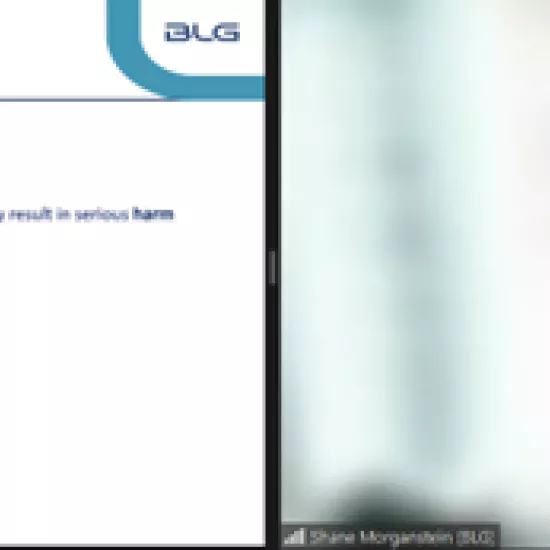The 3Ds of Technical Presentations with Duncan Jones
On March 2, the 2022-2023 IMI BIGDataAIHUB’s Case Competition’s fifth Technical Workshop was led by Duncan Jones. The workshop presented advice on presenting technical to aid case competition participants with their upcoming presentations.
The workshop presented “3Ds” to create a good presentation, namely:
1. Display
The first “D” is display, this includes selecting a minimalist design, using visuals wherever possible, and always choosing a large font to ensure readability. For example, Steve Jobs would often present slides with just one word. This can be an effective strategy but can be difficult when the content is highly technical.
2. Details
The second “D” is details, here, figure out what the main points are, who the audience is, and make the presentation structure comprehensive and clear. One strategy is layering. This means mentioning a simple aspect, then providing more detail, then returning to something simple. This approach can help ensure the speaker doesn’t lose their audience.
3. Delivery
The final “D” is delivery. This encompasses how the material is presented. The first step is to prepare and rehearse well. During the presentation make sure to pause. Where possible bring in opportunities for interactions throughout.
Additional Insights from the Group Discussion
At the end of the workshop, the attendees discussed other advice for presentations. For instance, having the target audience in mind as well as the experience level can help to ensure the content is presented in a digestible way. Moreover, another suggestion was to ensure that there is a clear beginning, middle, and end to the presentation. To accomplish this, it can be helpful to rearrange the order of the content and practice the presentation to ensure your slides are in the best sequence. Finally, the last piece of advice is sometimes less is more. Focus on the key information and exclude non-essential details.



